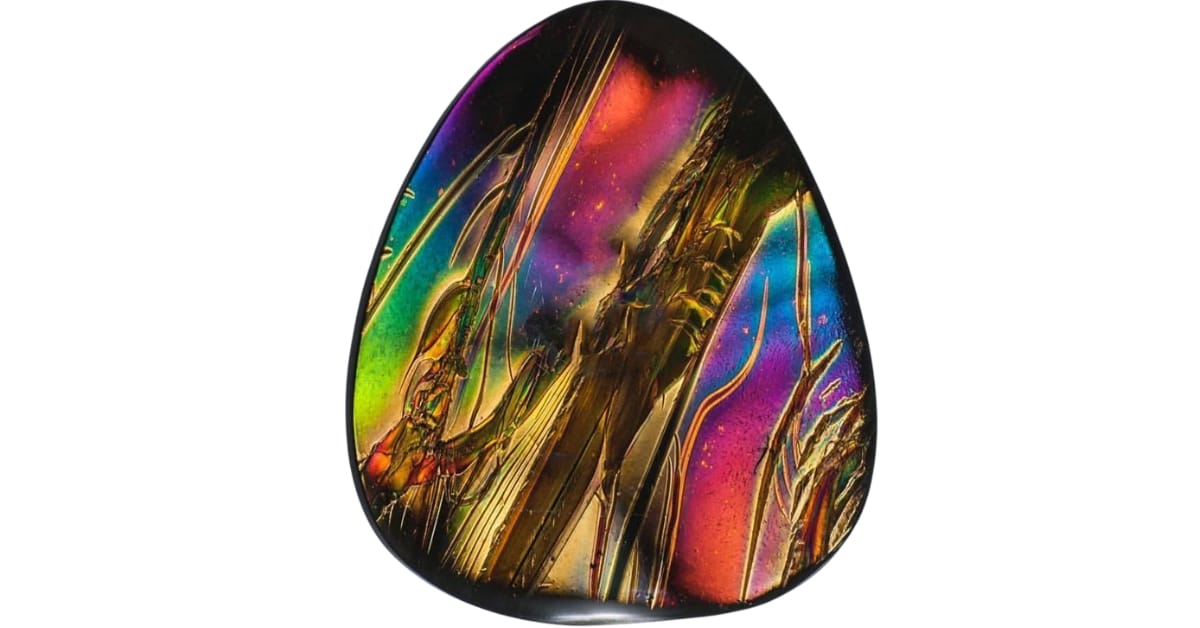Aside from being known for its shiny, glass-like appearance, did you know that obsidian can be found in all sorts of colors and patterns, too? In fact, some of its types are super rare and can cost a pretty penny.
Join us as we explore the rarest and most expensive types of obsidian in the world. We’ll learn why they stand out and what makes them so sought after. Get ready for an exciting journey into the dazzling world of this amazing volcanic glass!
Rarest And Most Expensive Obsidian Types
Obsidian has certain types that are so rare and beautiful, they’re worth more than you might guess. Let’s check out the rarest and most eye-catching obsidian types that make rock lovers super excited!
Rainbow Obsidian
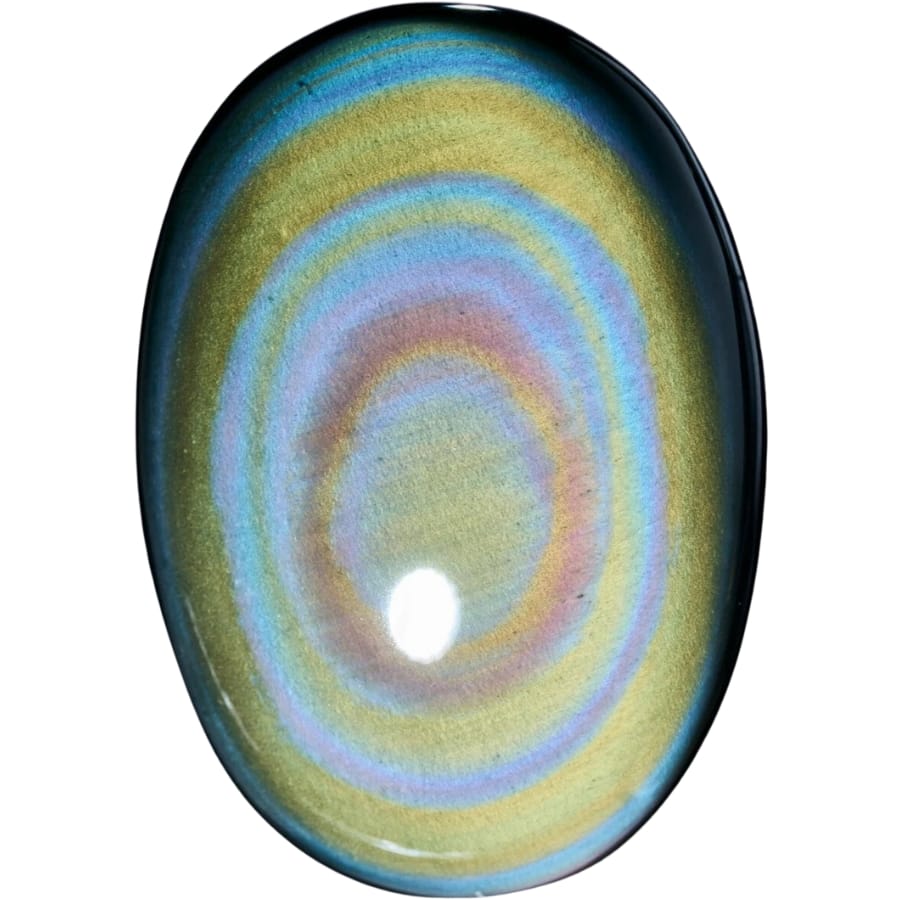
Rainbow obsidian shows off bands of vibrant colors, including purples, greens, blues, and golds, which appear to move and change as you turn it in the light.
The colors come from tiny bubbles or layers in the rock that bend the light, creating a rainbow effect.
It’s one of the rarest and most expensive types of obsidian as its unique color bands are hard to come by. Finding pieces with just the right combination of colors and quality can be pretty challenging.
DON'T MISS OUT ON ANY GREAT FINDS!
While you're out searching you're going to find A LOT of other interesting rocks and minerals along the way. The last thing you want to do is toss out something really interesting or valuable. It can be easy to misidentify things without a little guidance.
You absolutely need a good reference guide in order to understand what you're looking at!
We've put together a fantastic field guide that makes identifying 140 of the most interesting and valuable rocks and minerals you will find REALLY EASY. It's simple to use, really durable, and will allow you to identify just about any rock and mineral you come across. Make sure you bring it along on your hunt!
Now, back to the identification specifics:
Fire Obsidian
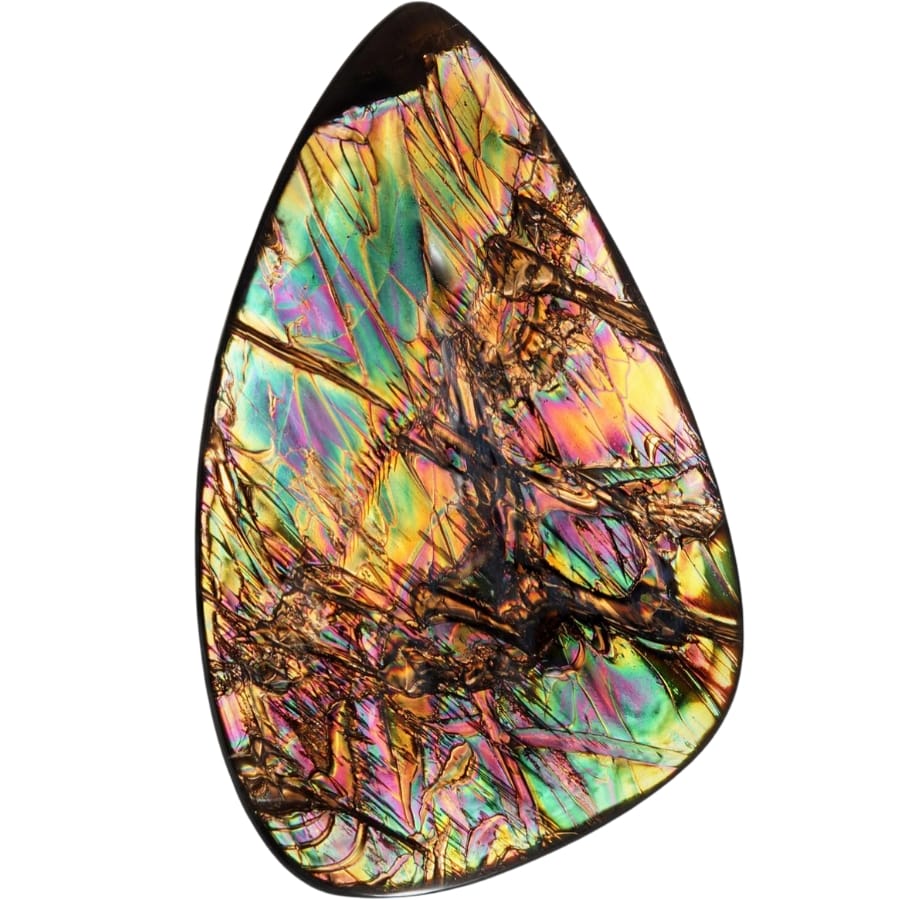
Fire obsidian looks like flames captured inside a rock, with layers of bright, iridescent colors that shimmer like fire.
It has thin layers of magnetite crystals inside, which catch the light and make the stone sparkle with fiery colors. It’s one of the rarest obsidians because getting those perfect layers and the right cutting technique to show off its beauty is tough.
Its unique coloring and pattern come from a very slow cooling process of the lava, which allows the formation of those tiny magnetite layers. This slow cooling process is a rare occurrence, making fire obsidian a rare find.
Electric Blue Obsidian
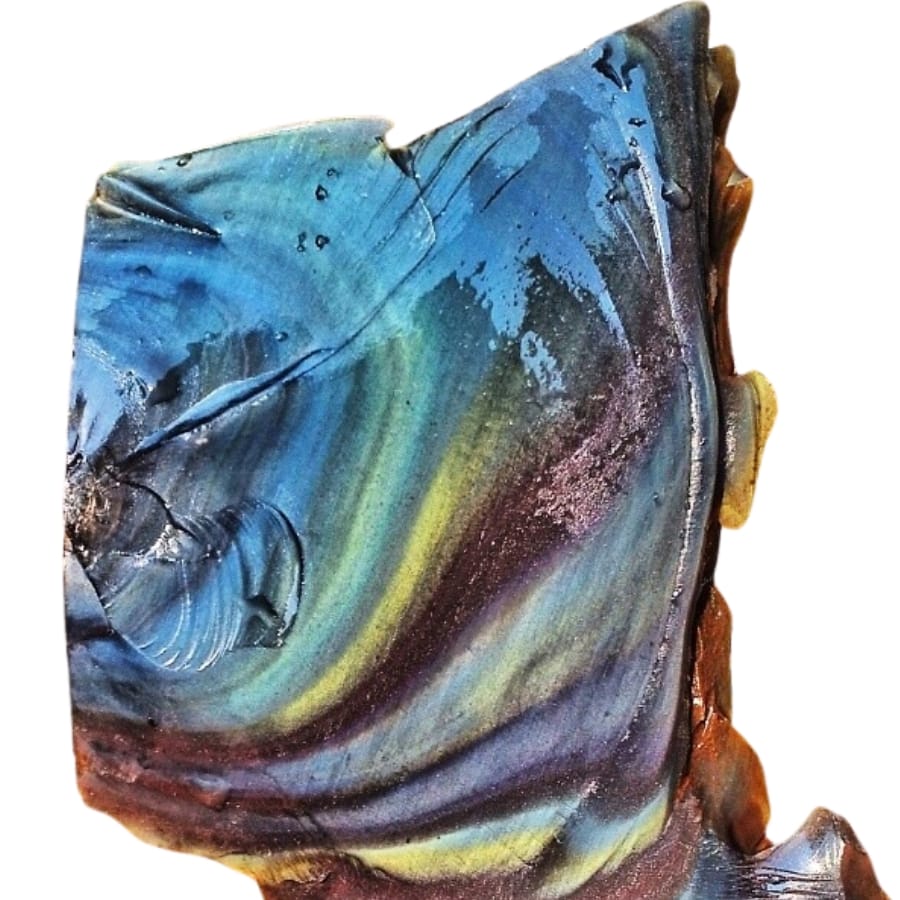
Electric blue obsidian stands out among the different colors of obsidian because of its stunning, vibrant blue color that looks like it’s glowing.
This is very rare, making it highly valuable to those who collect or work with rocks. The electric blue shade is not something you see in ordinary rocks, which is why it’s one of the most sought-after and expensive types of obsidian.
Its striking color can vary in intensity, from light sky blue to a deep ocean blue, depending on how the light hits it.
Midnight Lace Obsidian
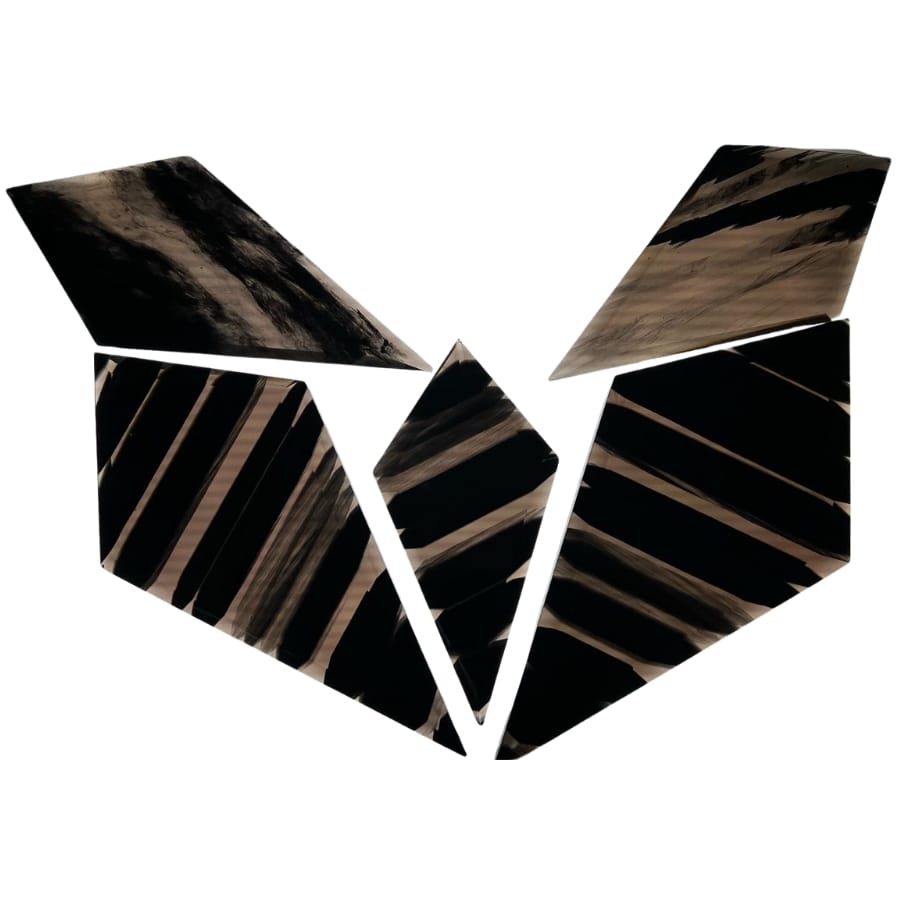
Looking at a midnight lace obsidian is like looking into a starry night sky. It has delicate, thin white lines that swirl and loop through its dark, glossy surface.
This beautiful pattern makes it look like fine lace laid over the darkness of midnight, which is where it gets its name. It’s one of the rarest and most expensive types of obsidian because finding pieces with the perfect lace patterns is pretty hard.
Its unique look makes it a favorite for jewelry and decorative items, adding to the value of obsidian. Its intricate patterns are formed by the cooling process of the lava, where gas bubbles create these lace-like shapes.
Green Obsidian
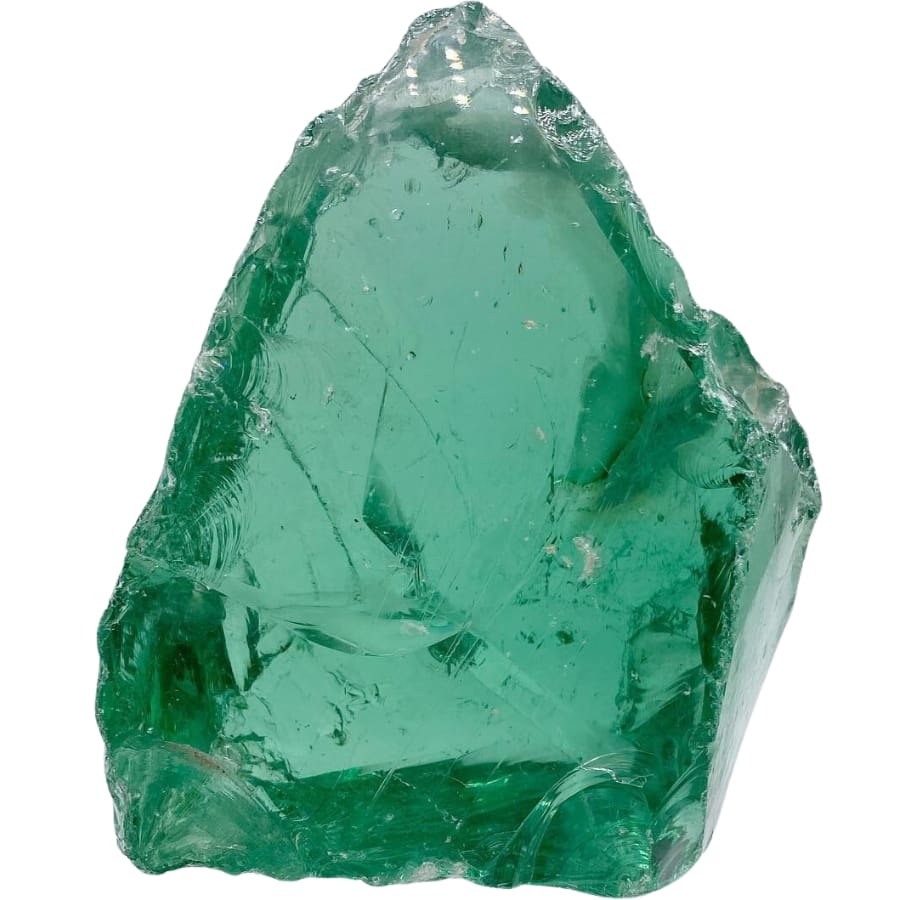
Green obsidian looks like a piece of the forest has been captured and polished into a shiny, smooth rock. Its cool, green color can range from a light, minty shade to a deep, forest green.
It’s pretty rare, which makes it more valuable than the more common black or brown obsidian. Its green color comes from tiny amounts of iron or chromium, and it’s not easy to find rocks with just the right amount to make that perfect green color.
In the past, it was highly prized for making sharp tools and weapons, showing that its beauty and durability have been appreciated for a very long time.
Peacock Obsidian
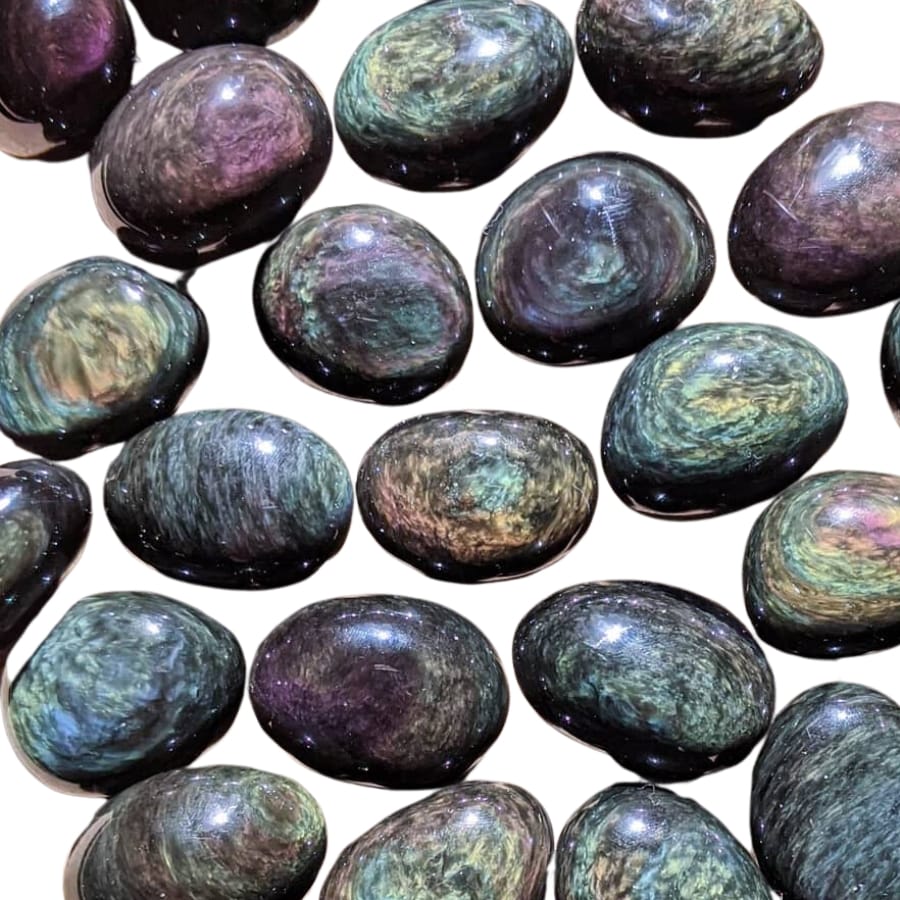
If you’re having a hard time telling a real vs fake obsidian, you might not be as challenged in identifying a peacock obsidian.
This type looks like the evening sky touched by a peacock’s feather. It sparkles with a mix of colors, showing off blues, greens, and sometimes even a hint of purple, all swirling together like a peacock’s tail.
It’s one of the rarest and most expensive types because not all obsidian rocks can show such a dazzling display. People value it for its beauty and the skill it takes to polish it just right to bring out these colors.
Gold Sheen Obsidian
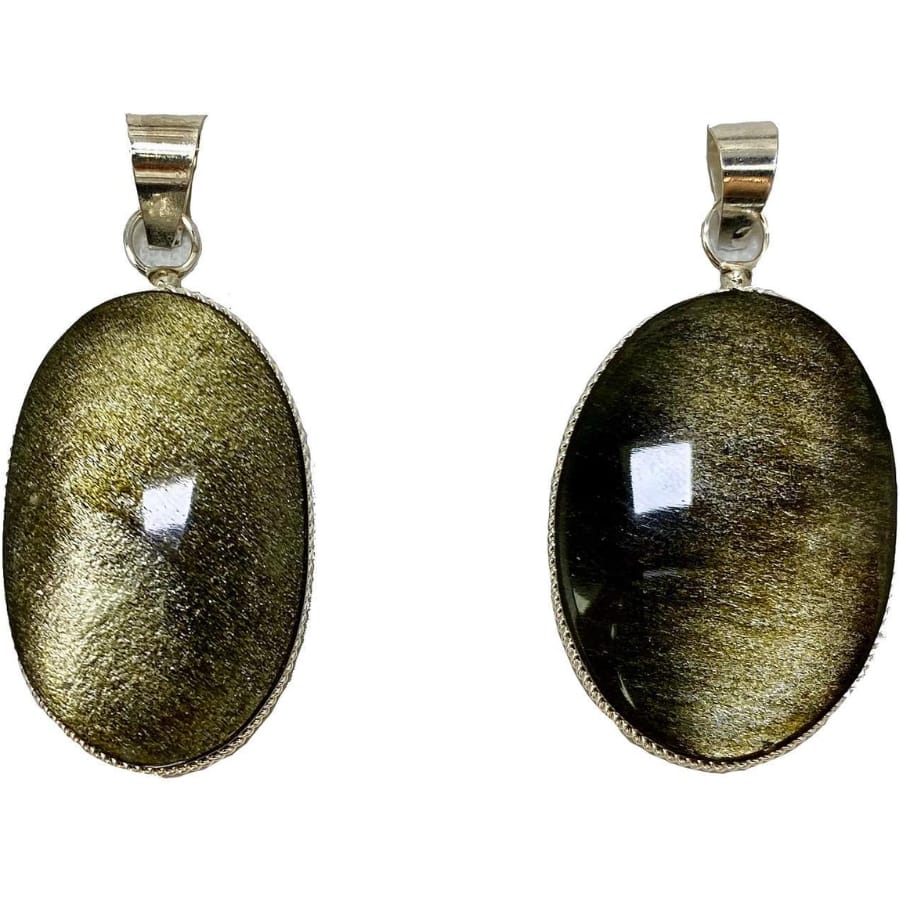
Gold sheen obsidian looks like a starry night sky with a magical twist. When you move it in the light, it sparkles with a golden sheen that seems to dance on its dark, smooth surface.
This type of obsidian is one of the rarest and most expensive because the gold sheen effect comes from tiny bubbles of gas trapped in the rock and it takes the right conditions to form.
Ancient cultures valued it not just for its beauty, but also for its sharpness and durability, making it a prized material for tools and ceremonial objects.
Silver Sheen Obsidian
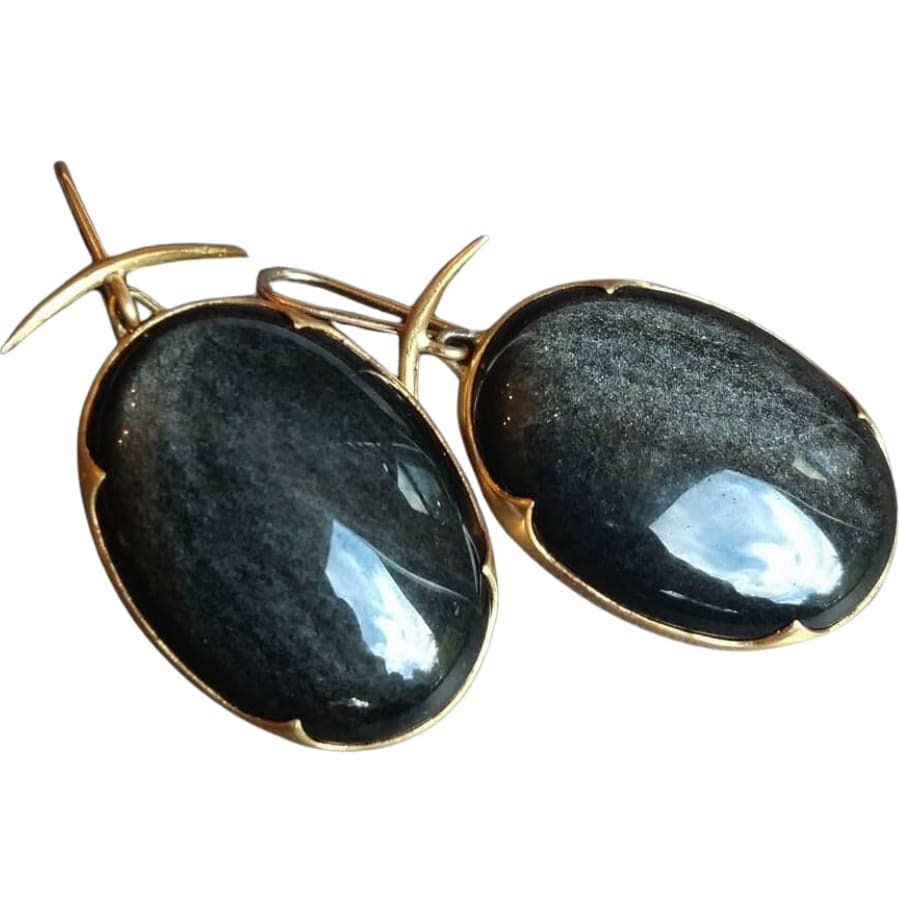
Silver sheen obsidian looks like it’s filled with twinkling stars. When you hold it up to the light, you can see a shiny silver glow that dances across its surface.
It’s among the rarest types of obsidians, making it one of the more expensive, too. Its unique look comes from tiny bubbles of gas that got trapped in the lava as it cooled down quickly, creating that cool silver sheen.
One of the uses of obsidian, including the silver sheen variety, is in making jewelry and decorative items because of its beauty. It’s also been used in the past for making sharp tools and blades.
Spiderweb Obsidian
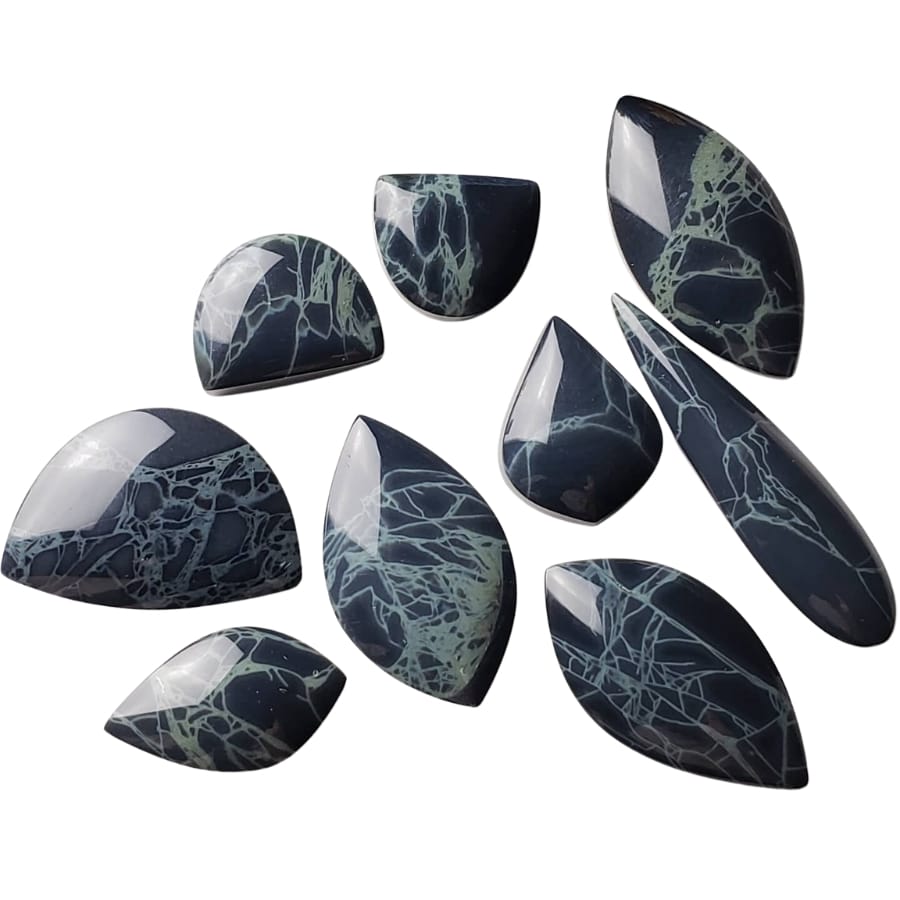
Spiderweb obsidian has a dark surface that is crisscrossed with fine, white lines that look just like a spider’s web.
This unique pattern makes it one of the rarest and most sought-after types of obsidian, adding to its value. It’s well-loved for its mysterious beauty.
These web-like patterns are the result of the internal stresses in the rock as it cooled, creating fractures that fill with minerals and stand out against the dark background.
Royal Blue Obsidian
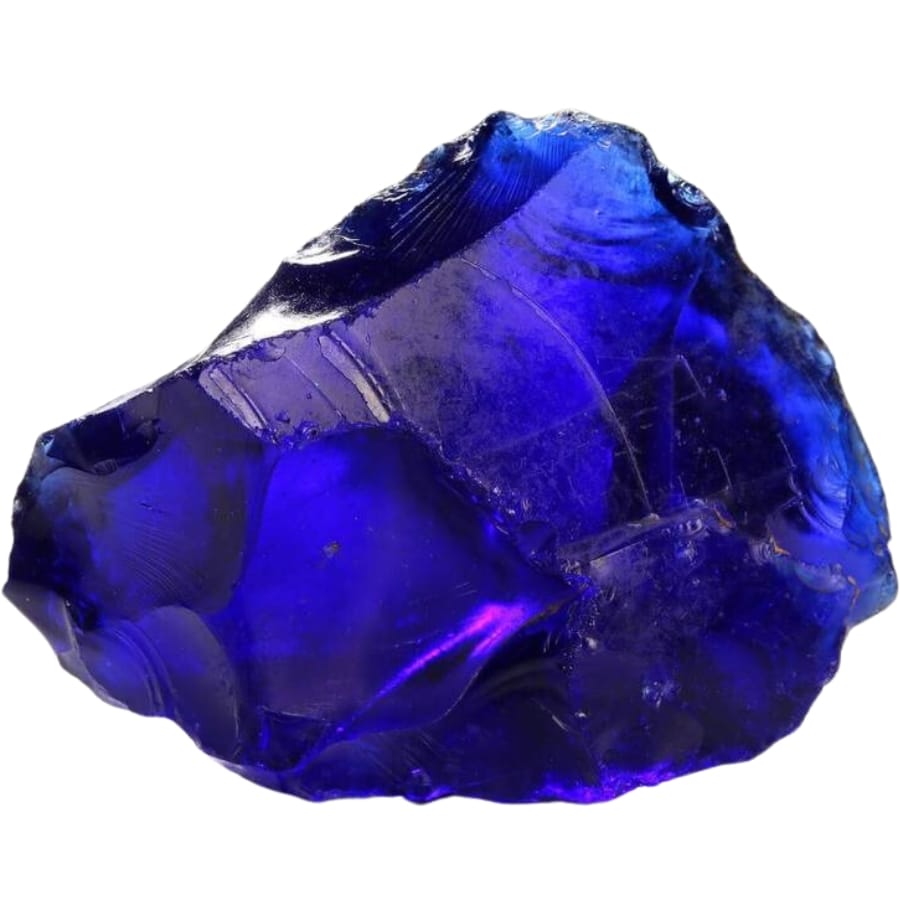
Royal blue obsidian looks like the deepest part of the ocean that’s captured and polished to shine. Its rich, deep blue color makes it stand out from other types of obsidian, which are usually darker or have different colors mixed in.
This rare color makes royal blue obsidian one of the most valuable and sought-after types, as finding a piece with just the right shade of blue is pretty hard.
Its unique color comes from the way light interacts with tiny impurities within the rock, creating that royal blue we all admire.
Ice Obsidian

Ice obsidian is like a clear, frozen lake on a winter day. It’s almost transparent, with a cool, icy appearance that makes it very different from the typical dark obsidian we usually see.
This unique look is why ice obsidian is so rare and expensive. Not many rocks can boast such clarity and beauty, making it a real treasure for anyone lucky enough to find it.
Its clearness comes from very few impurities in the rock. This purity is unusual because obsidian forms quickly from volcanic lava, and usually, lots of different materials get mixed in.
Red Obsidian
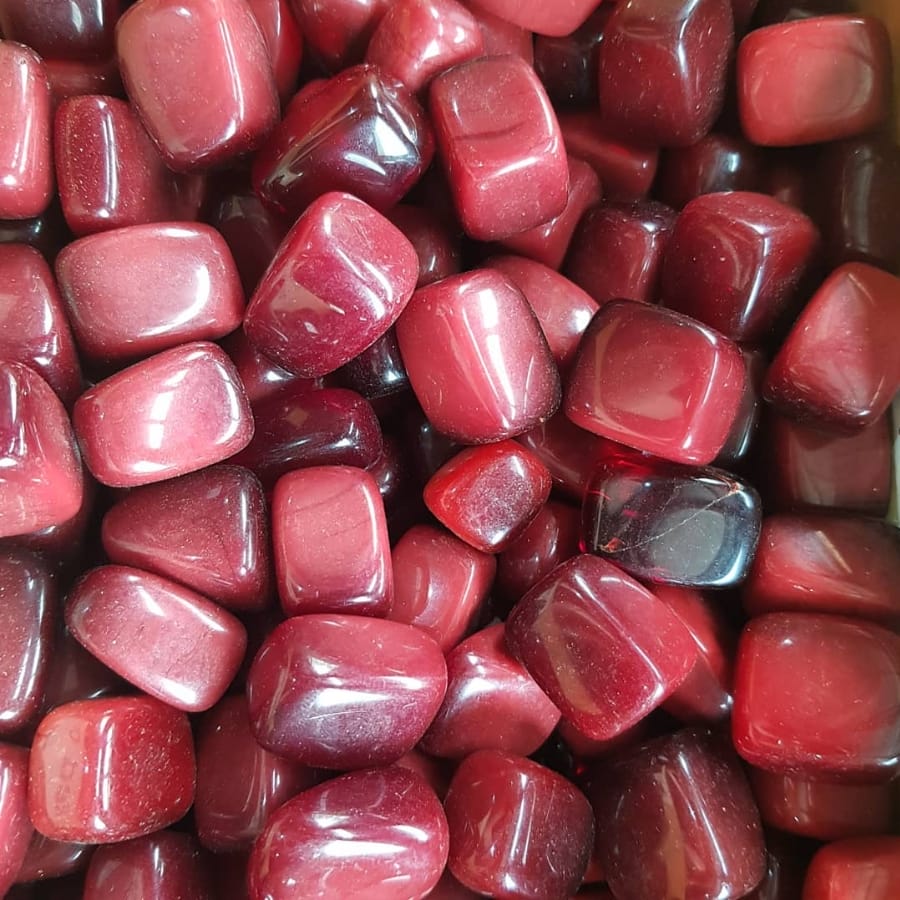
Red obsidian is like a piece of fiery lava that’s cooled into a shiny, smooth rock. Its deep red color can range from dark cherry to a brighter, almost scarlet shade.
It’s very rare and valuable because the conditions needed to create its red color don’t happen very often. People who collect rocks or make jewelry love it for its bold, eye-catching hue.
Its coveted color comes from tiny particles of iron oxide within the rock. These particles catch the light and give red obsidian its amazing color.

